
The mountains of Tra My and Hiep Duc do not hide many legends like An Son at the headwaters of Thu Bon, but they contain within them many memories and heroic witnesses.
Youth is the mountains
The photo of a petite girl with braided hair and a bright smile was taken by journalist Xuan Quang in April 1972 at the Liet Kiem battlefield (Hiep Duc). Decades later, the petite girl standing next to the enemy tank at that time, was writer Vu Thi Hong, who wanted to find a way back up to Liet Kiem mountain, but found it extremely difficult.
Hiep Duc hills during the war years with many outstanding high points, were evaluated as valuable in terms of military operations. To the north is Chom mountain with passes through Que Son valley such as Ram pass, Rap Cu pass. To the west are Trap mountain, Go Du mountain, Ban Co mountain. To the southeast is Liet Kiem mountain extending to the southwest is Chia Gan mountain.
The Battle of Liet Kiem has gone down in history. From the top of this mountain, you can observe from Dong Tranh intersection to the east of Hiep Duc district, south from An Trang through Phuoc Tuy, Phuoc Hoa, the south-north valley of Trau river to Chau Son...

That year, writer Vu Thi Hong was guided by soldiers and spent 5 hours climbing to the top of Liet Kiem hill. Her task was to film the scene and visit and encourage soldiers at the checkpoint.
More than 50 years have passed, many times she has returned to visit the old battlefield but she has never been able to reach the top of Liet Kiem like in the past. Because of time, age and bombs still lying somewhere underground lurking, as the writer Nguyen Bao said when he came to Thuong Duc - he could only clasp his hands and bow towards the bloody peak - 1062 - because his comrades were still lying there.
Mountain of the people's hearts
Writers and artists on the battlefield certainly cannot forget the tragic memories of their youth - with footprints imprinted on the hills and mountain tops of Hiep Duc and Tra My.
At the foot of Vin Mountain, the Tra No River flows through - there is Tra Nhan village, but the locals often call it Ong Tia village. In 1960, at the foot of Vin Mountain, the self-defense team and 30 families in Ong Tia village with rudimentary weapons such as machetes rose up to attack the enemy.

Also at the foot of the mountain on the bank of Tra No River, the Zone V Party Committee base was formed in the final stage of the resistance war against the US to save the country (1973-1975). Under the canopy of the forest, the Zone V Party Committee offices were scattered along the riverbank. From this land, many literary and artistic works were born and have value even in the future.
In the past August, a group of artists and scientists visited the old battlefield. They still chose to return to the revolutionary base area, based on the terrain of the hills and streams, namely Tra No, Liet Kiem, Thuong Duc...
They visited Hon Kem Da Dung - where a mother had to sacrifice her child to save the villagers, where Cham characters are still engraved on stone slabs, where a majestic mountain range like a wall reflects on the Thu Bon River.
History records that, relying on the dangerous terrain of the mountains and rivers of Hon Kem, our army and people carried out the “Helicopter Transport” battle. The majestic “Helicopter Transport” victory monument was erected next to Tra Linh wharf, as a reminder of this land.
Standing on Tra Linh bridge, looking far away at the immense green of the mountains and forests at the upper source of Thu Bon river. After passing Hon Kem Da Dung, the river brings alluvium to Phu Gia - Dui Chieng, Ca Tang wharves, to Trung Phuoc - Dai Binh ferry wharves... and goes far out to sea.
Source: https://baoquangnam.vn/dau-chan-tren-dinh-doi-3142762.html



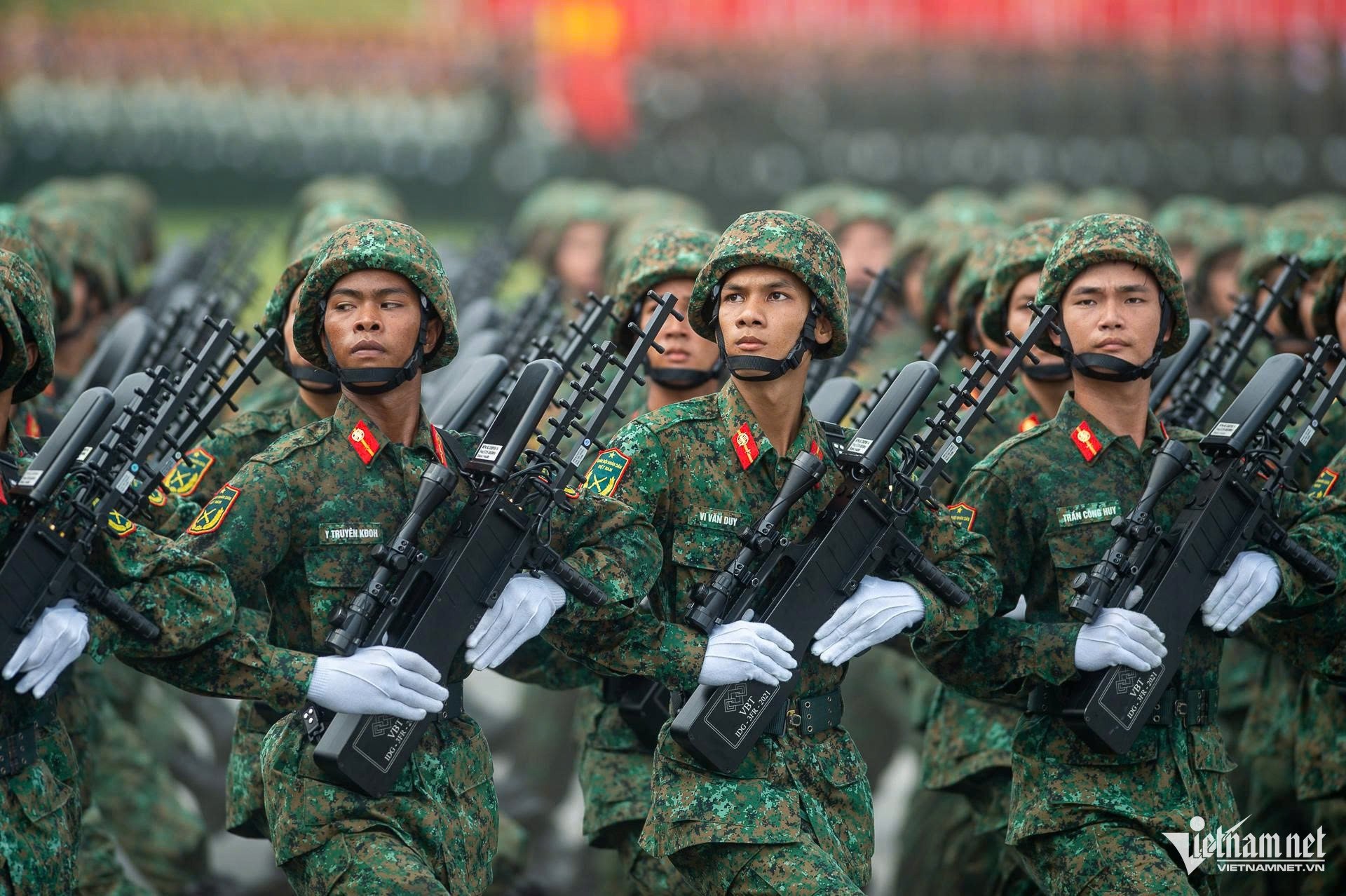
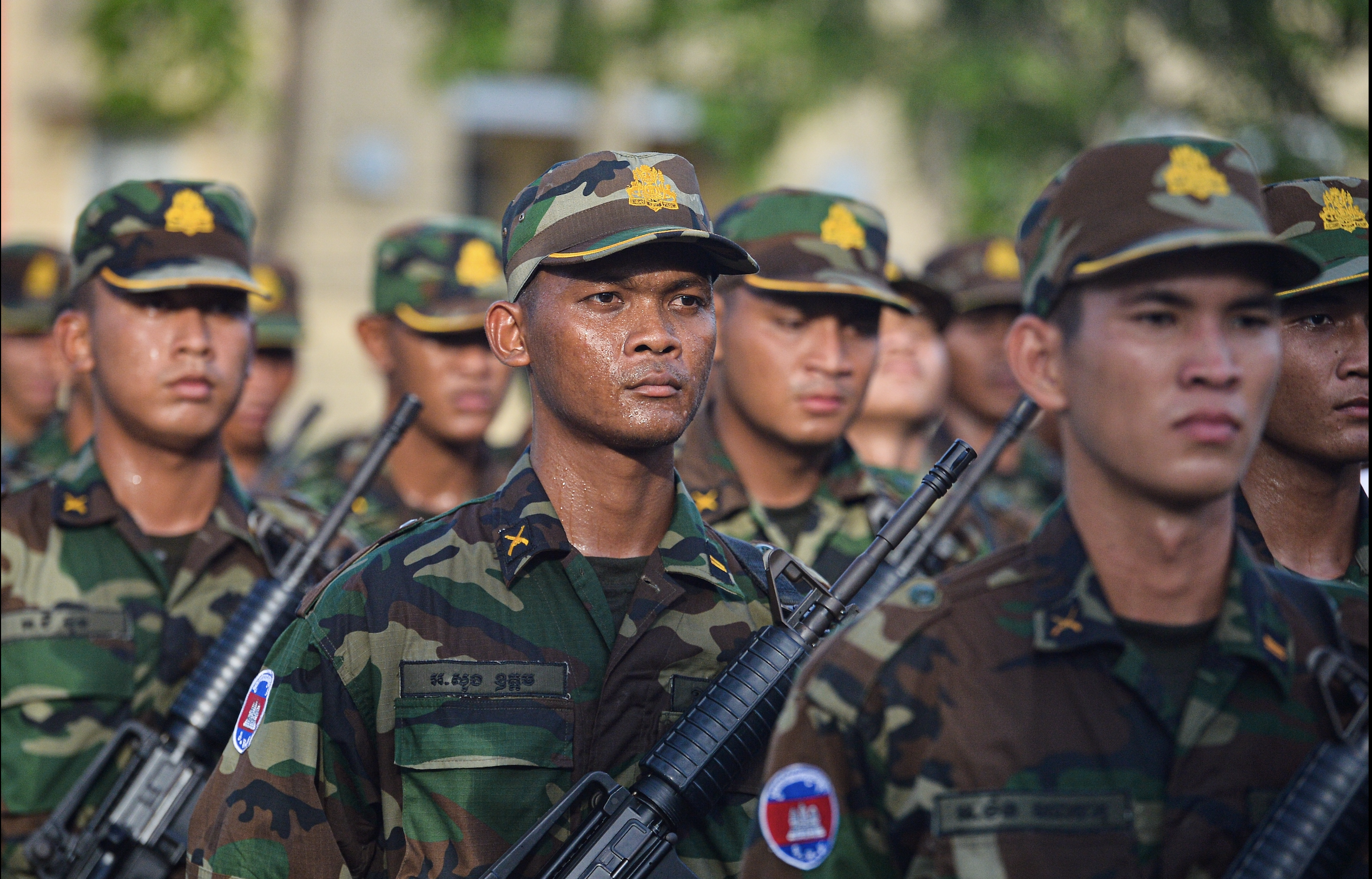


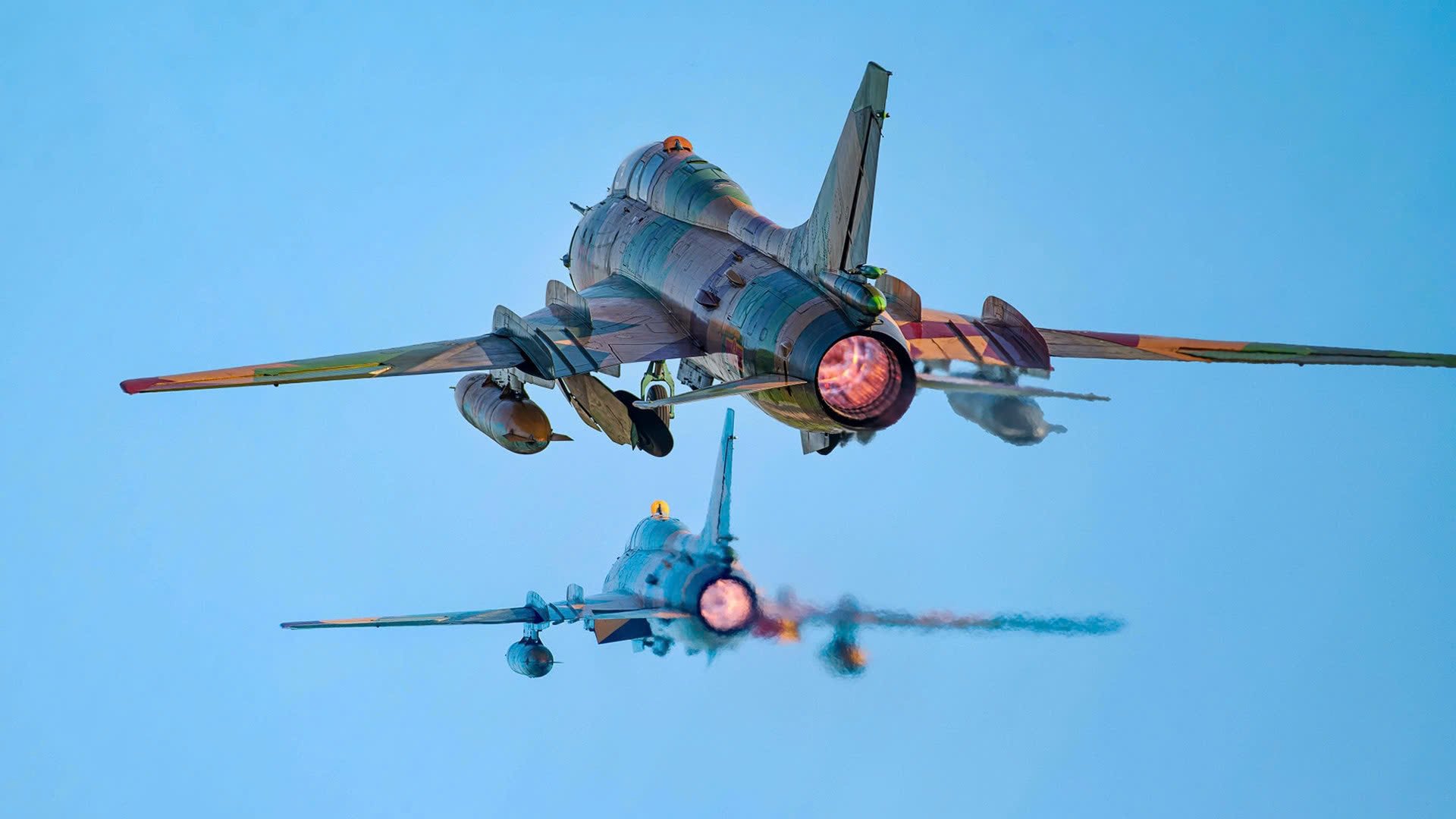
![[Photo] General Secretary To Lam attends the 80th Anniversary of the Cultural Sector's Traditional Day](https://vstatic.vietnam.vn/vietnam/resource/IMAGE/2025/8/23/9f771126e94049ff97692935fa5533ec)


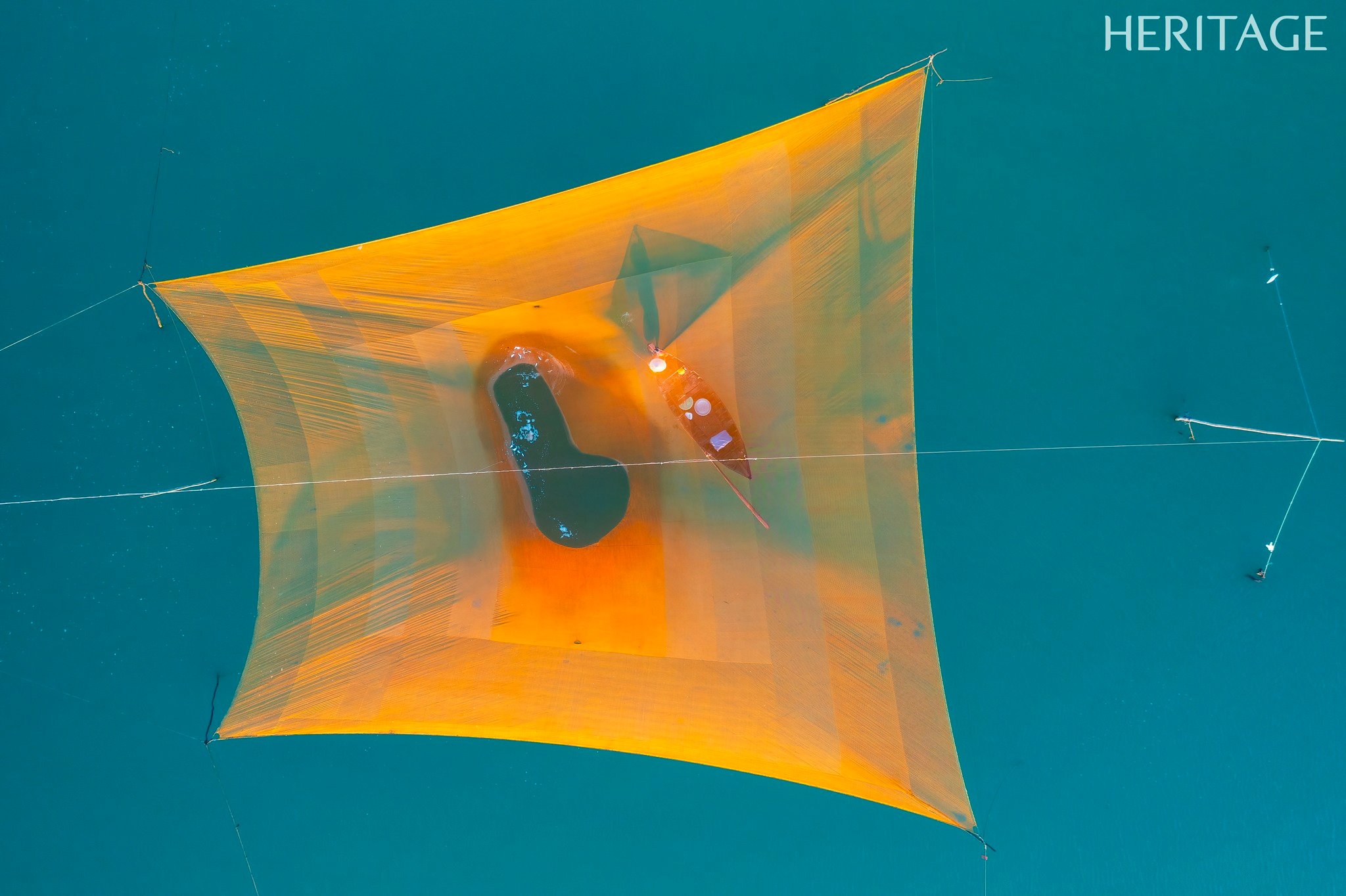

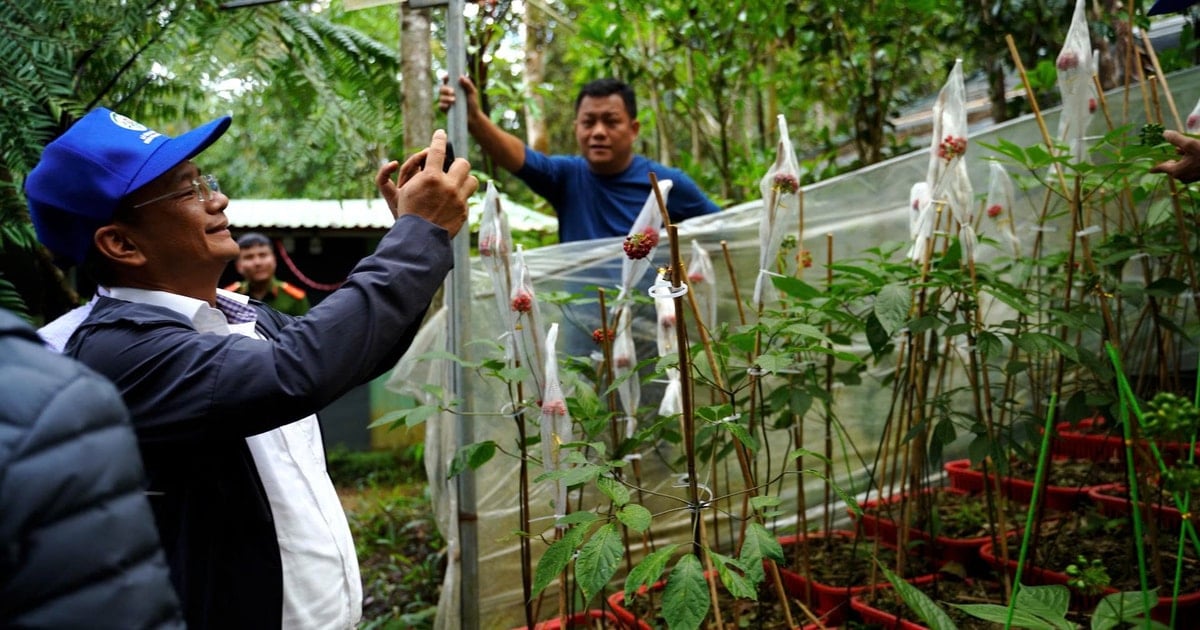


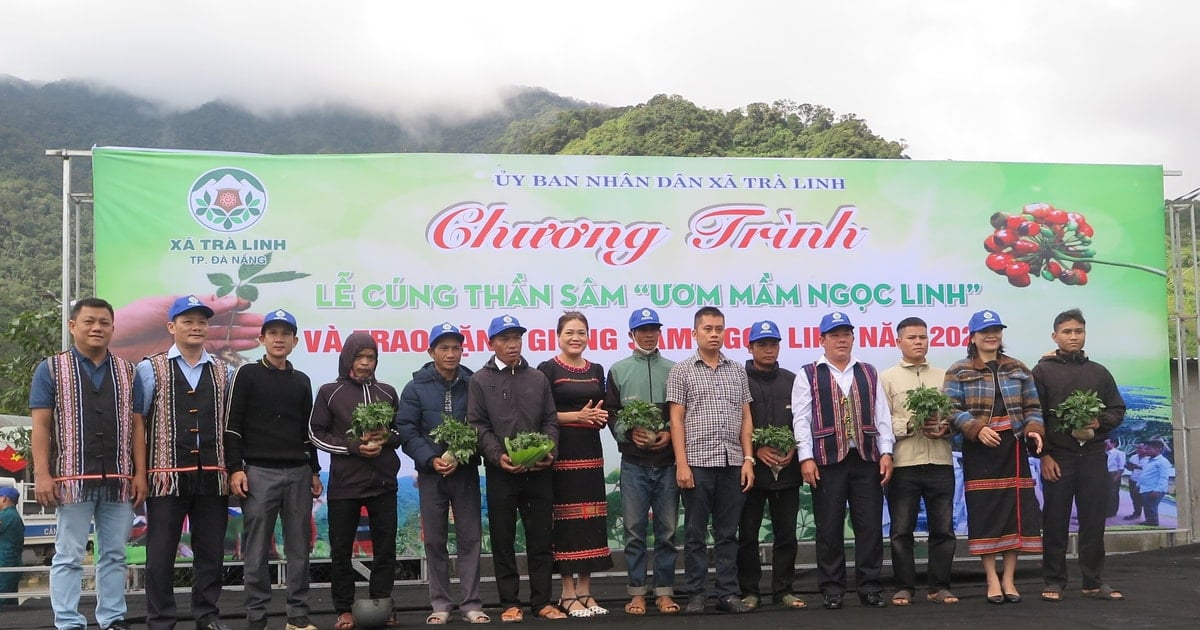
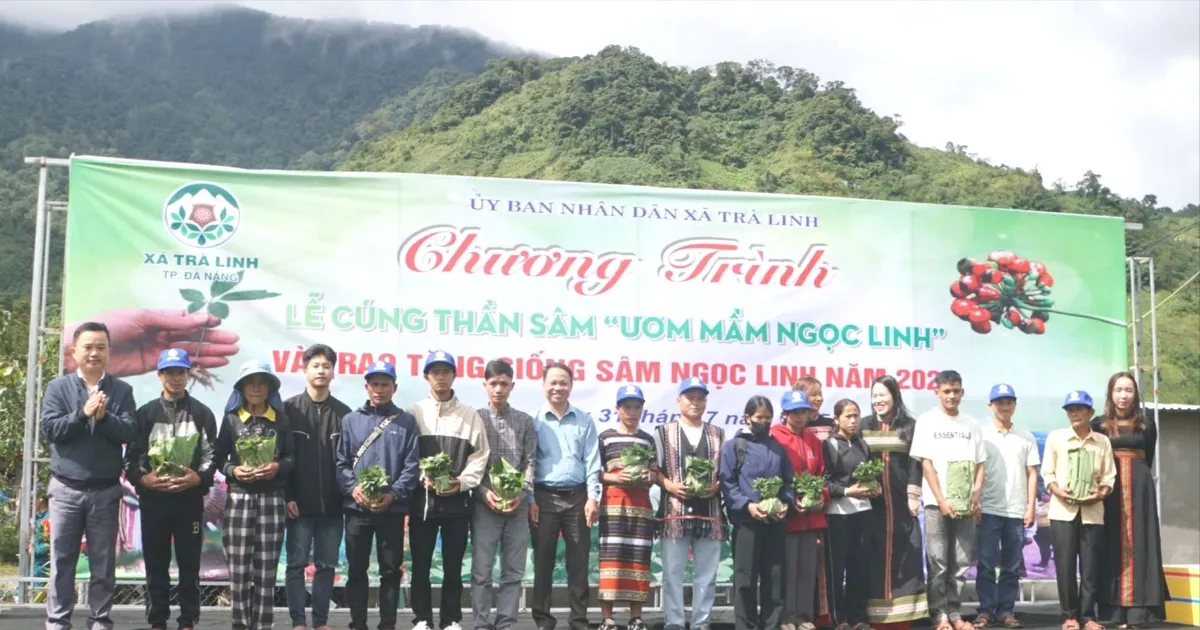



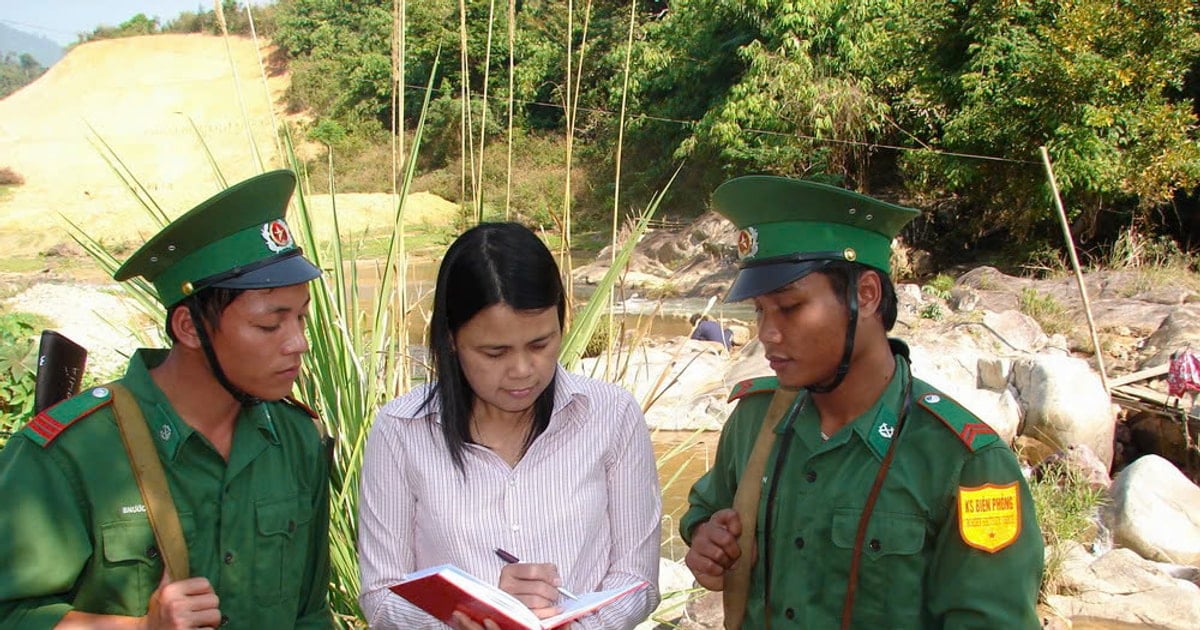
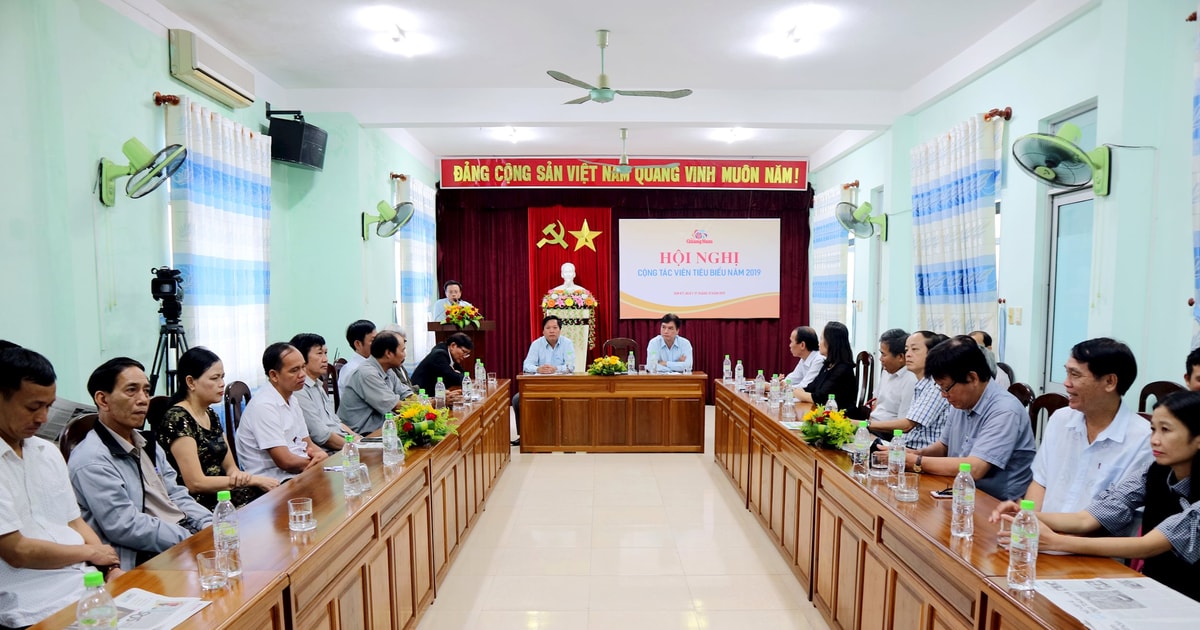






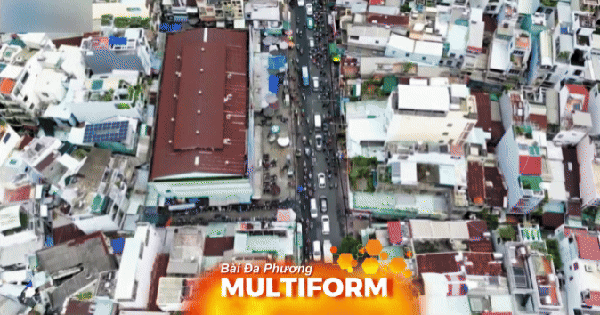
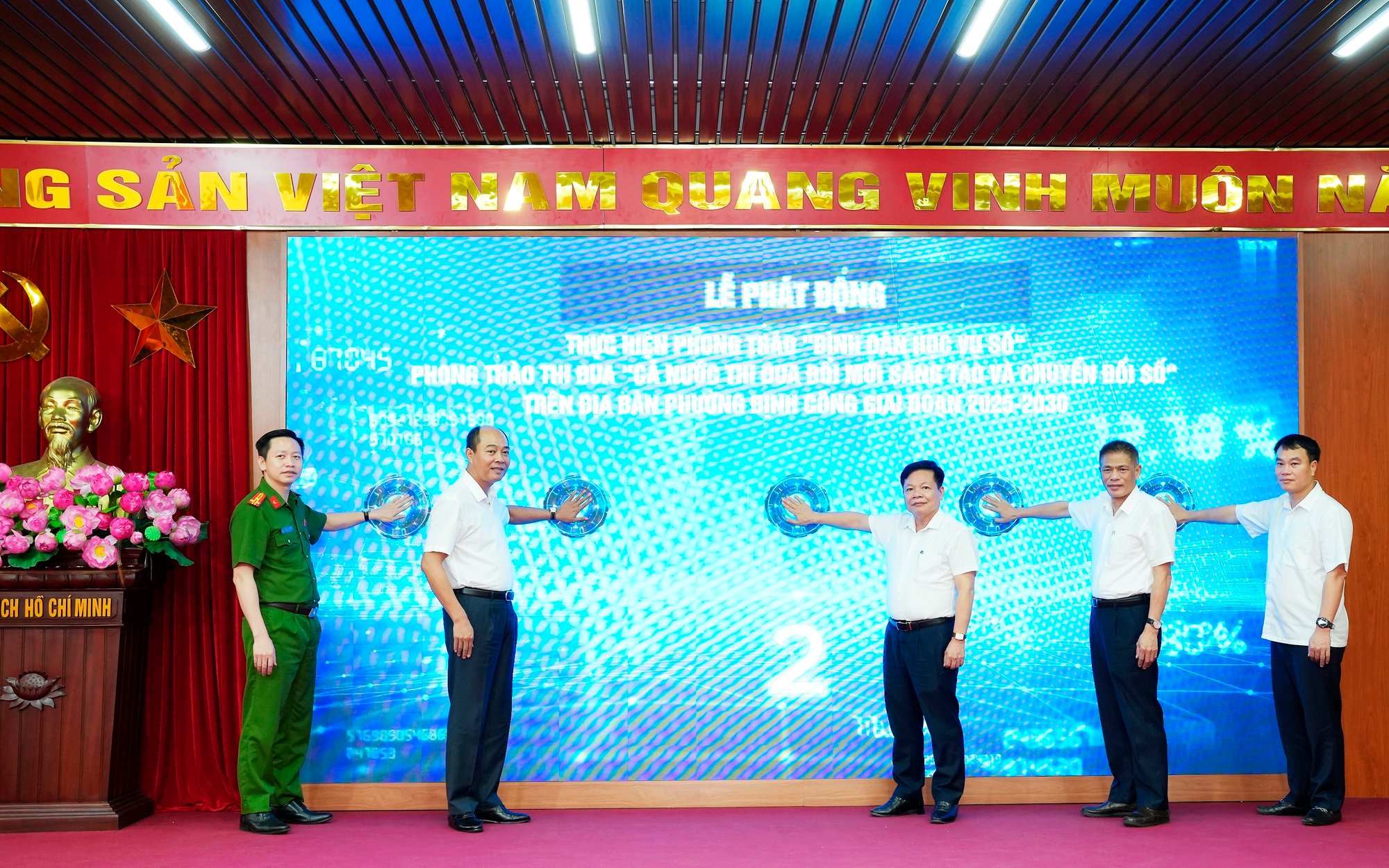
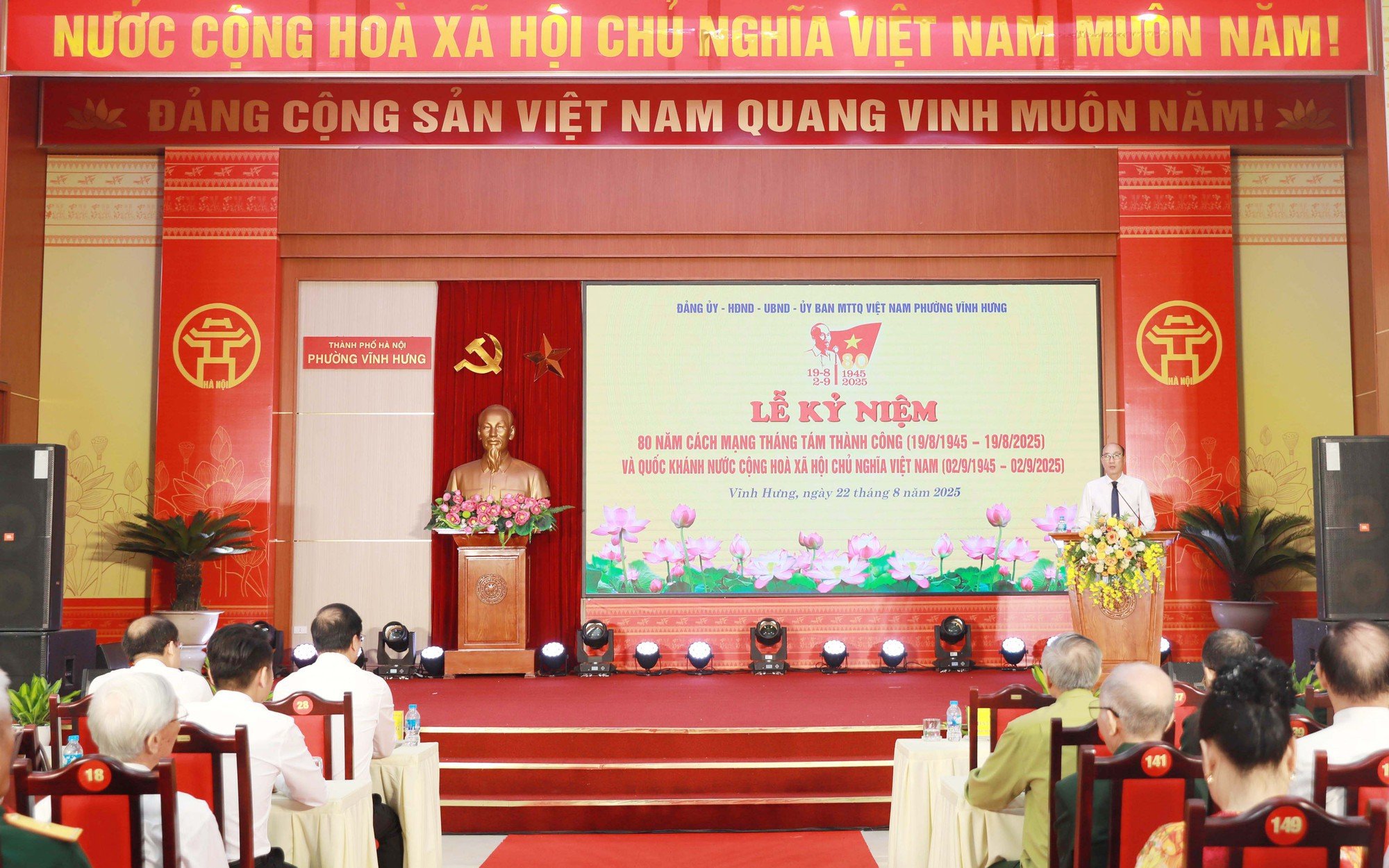
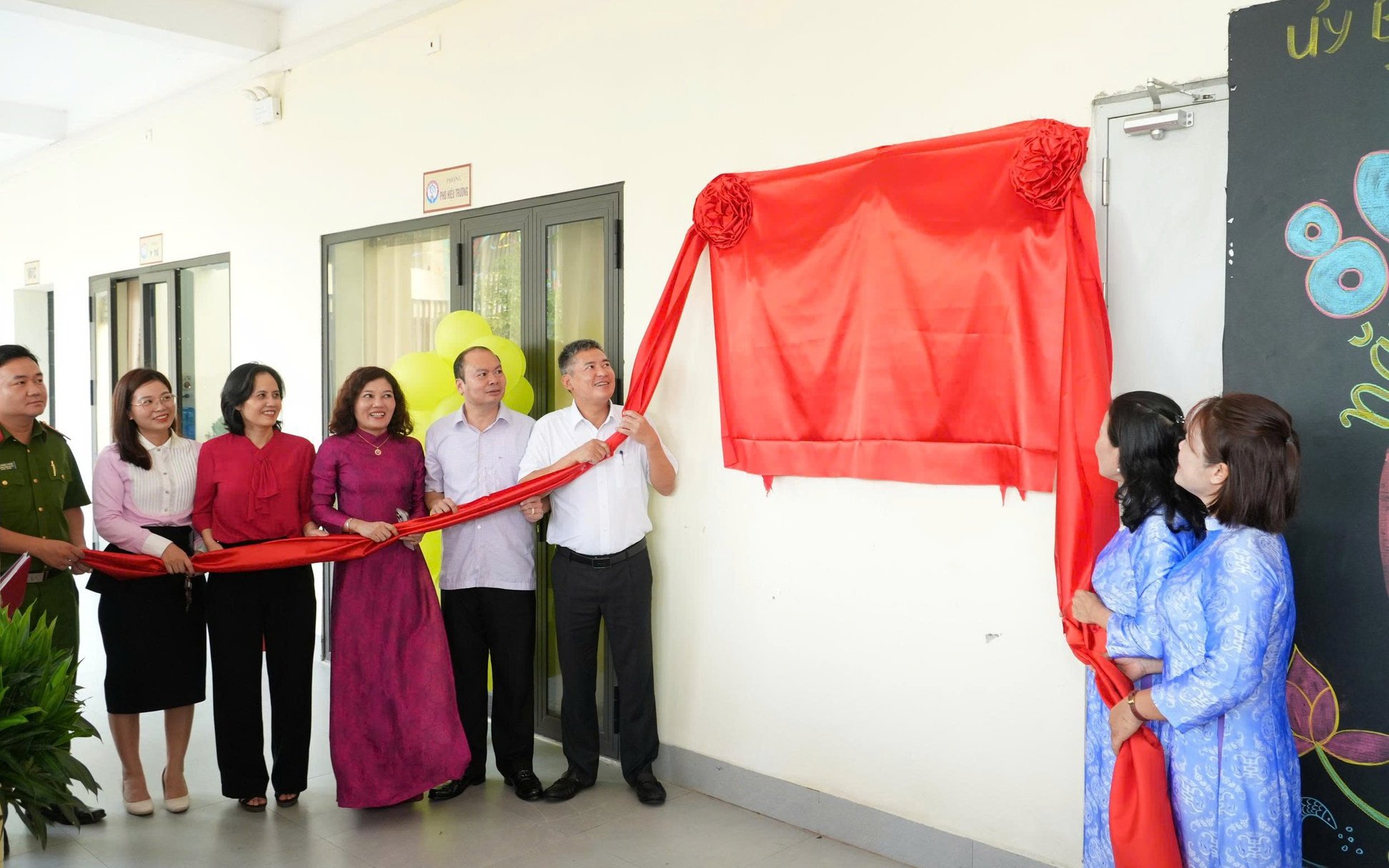






































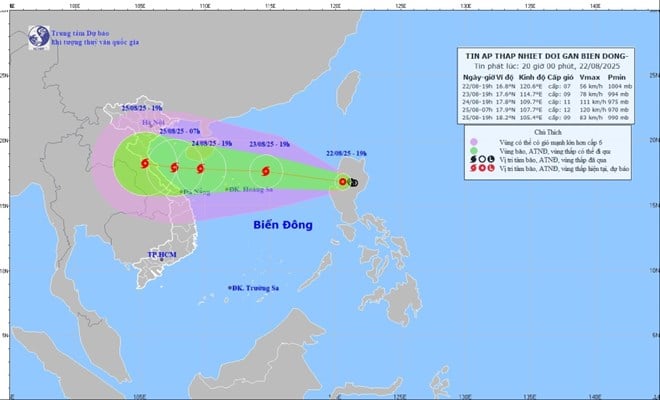




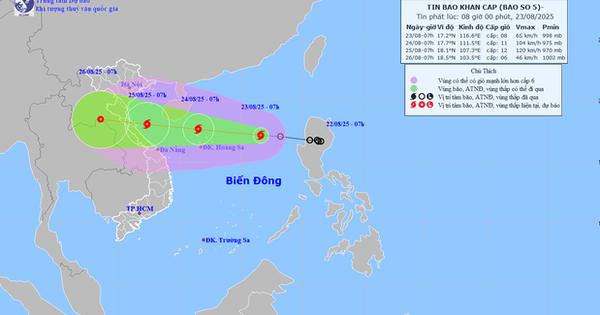

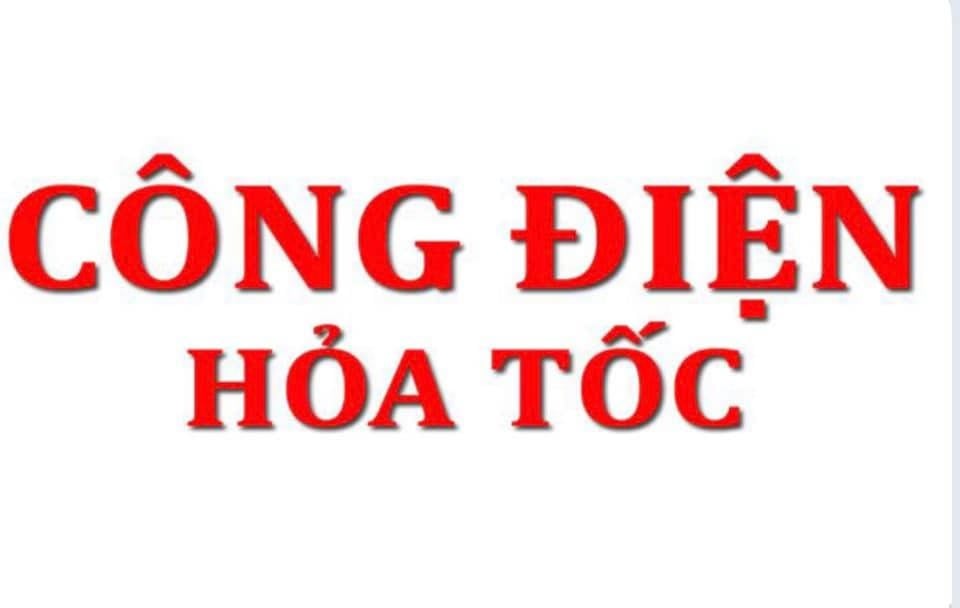

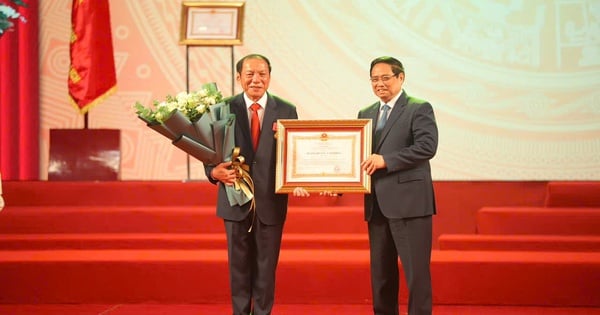
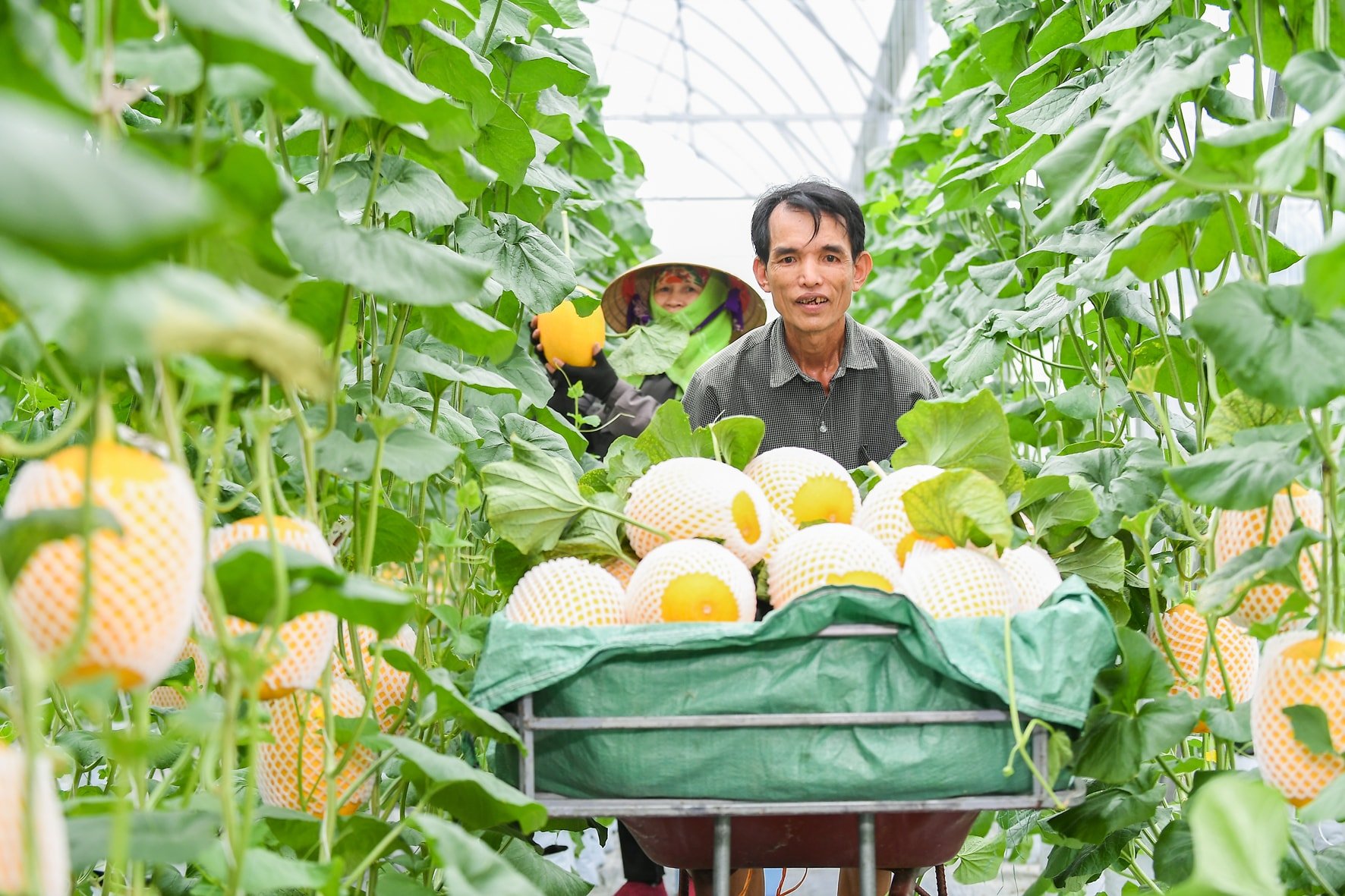

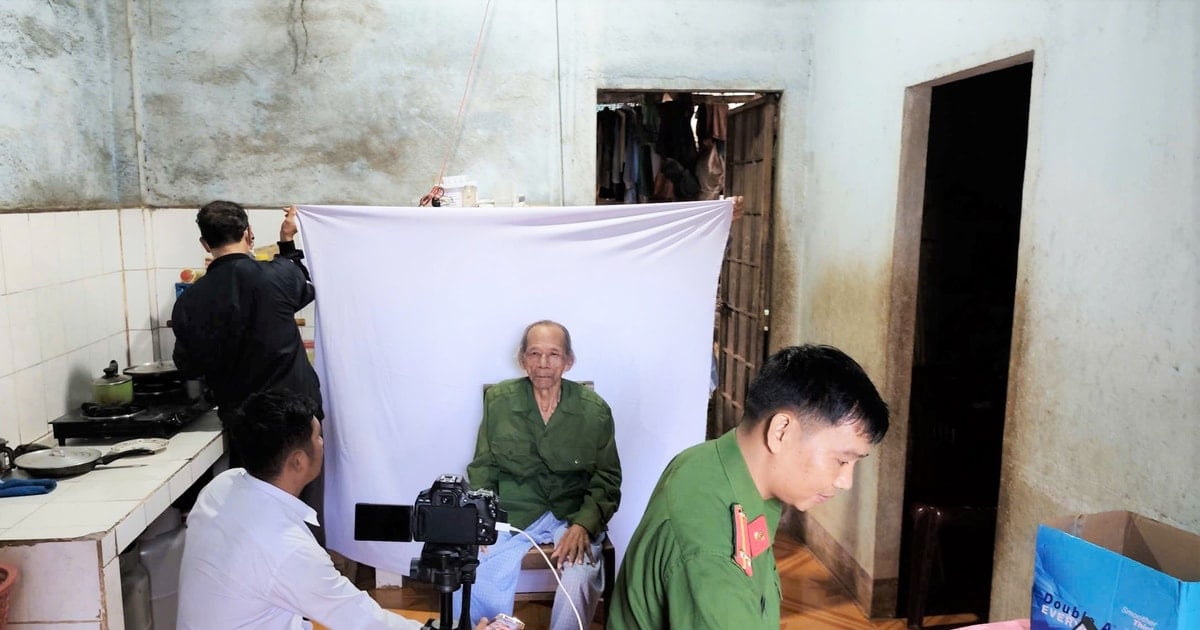

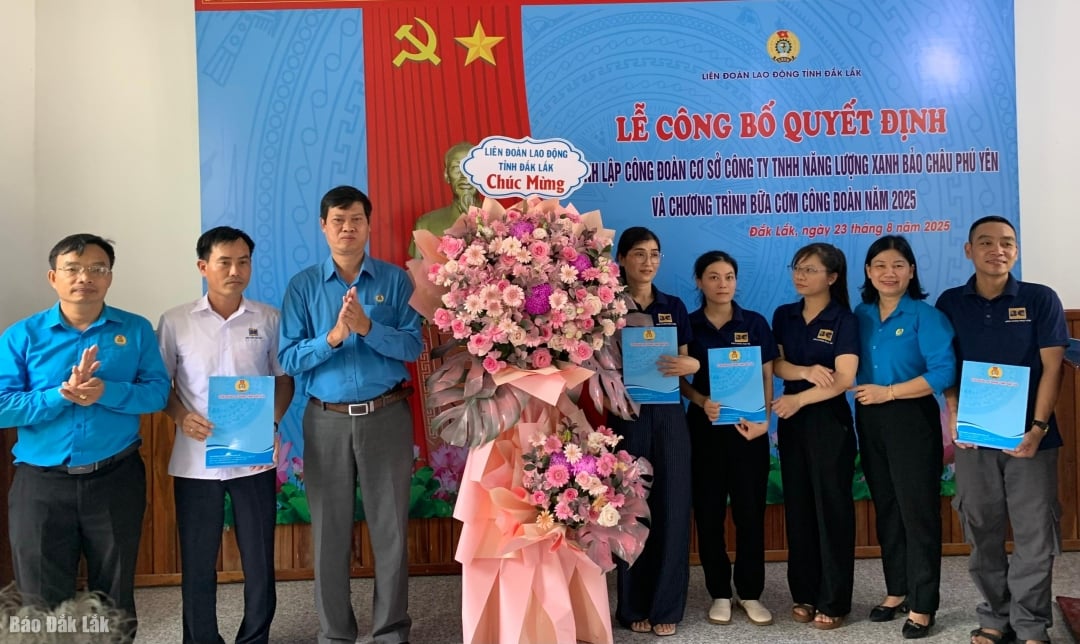

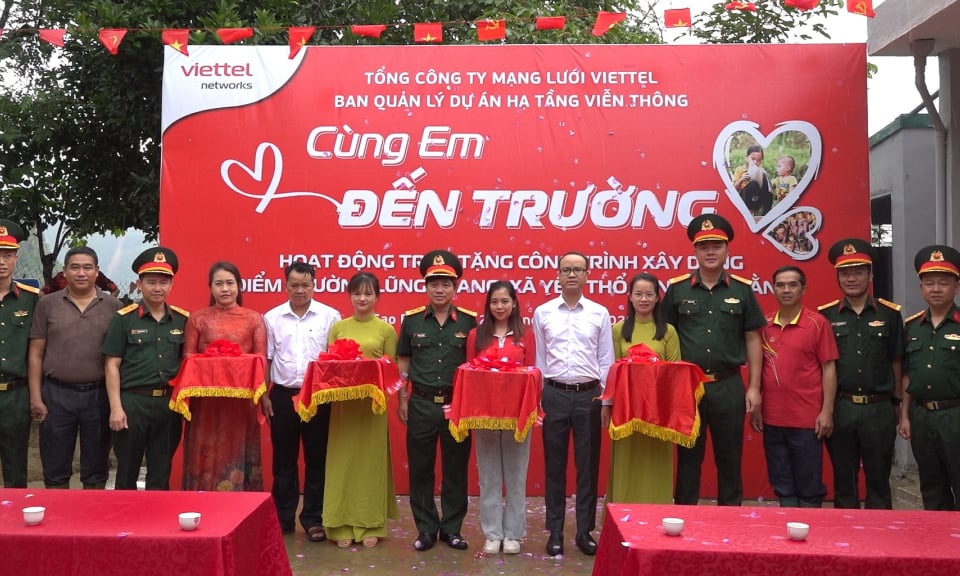



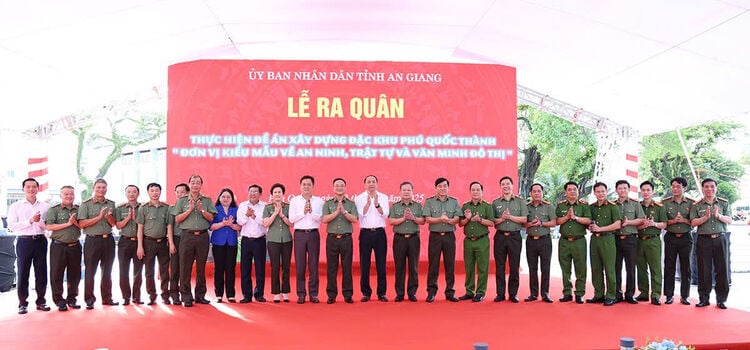





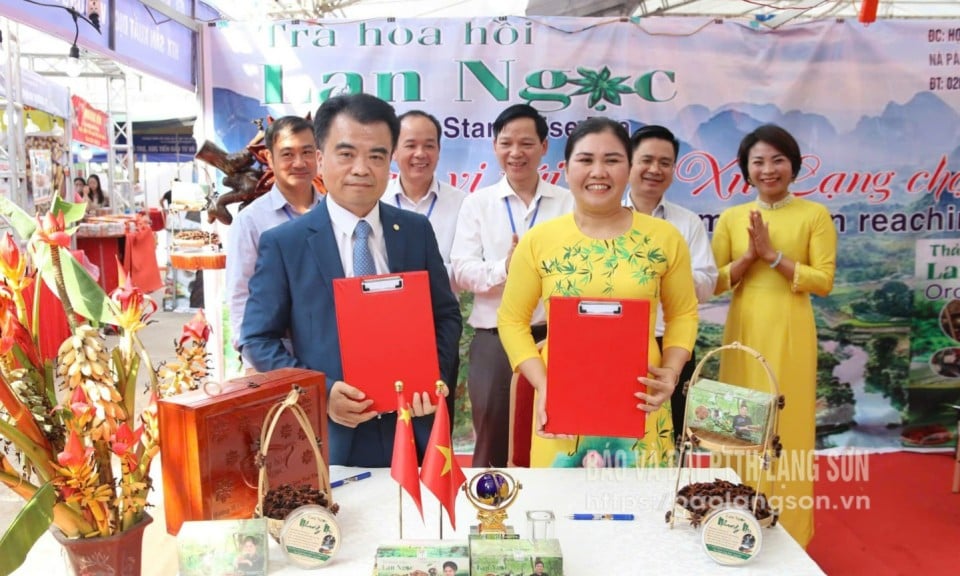

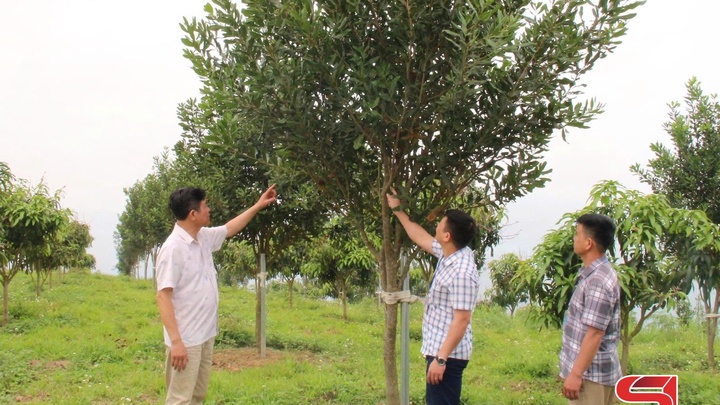







Comment (0)